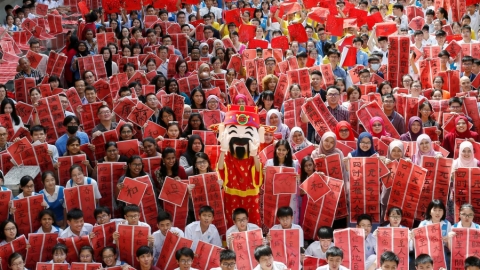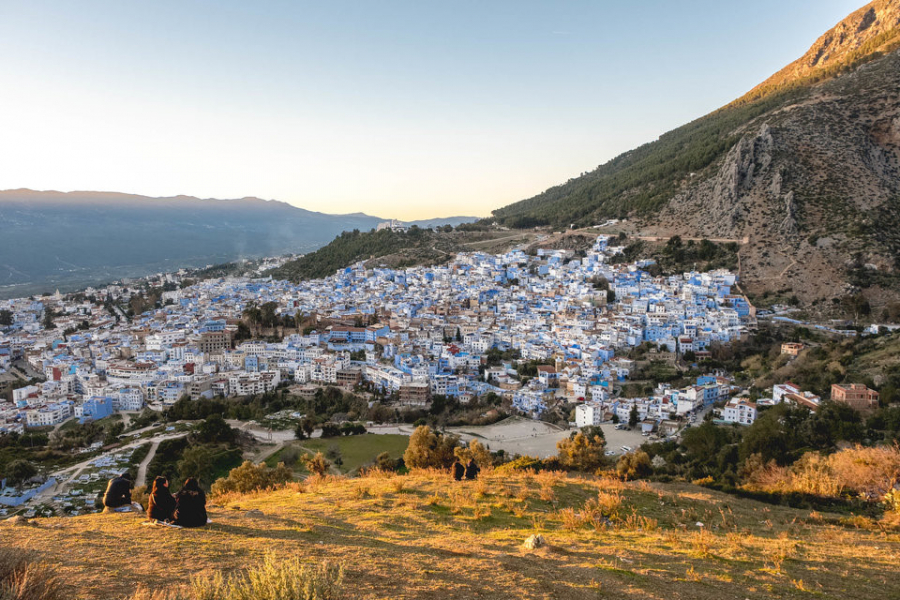
Over the past five years, Chefchaouen, a small town in Morocco, has become a tourist phenomenon with its eye-catching blue houses. It is more than 500 years old. Initially, the town was called Chaouen, meaning “peak,” because of its special location with the nearby Rif Mountains. In 1975, it took on its current name, meaning “view of the mountain peak.”
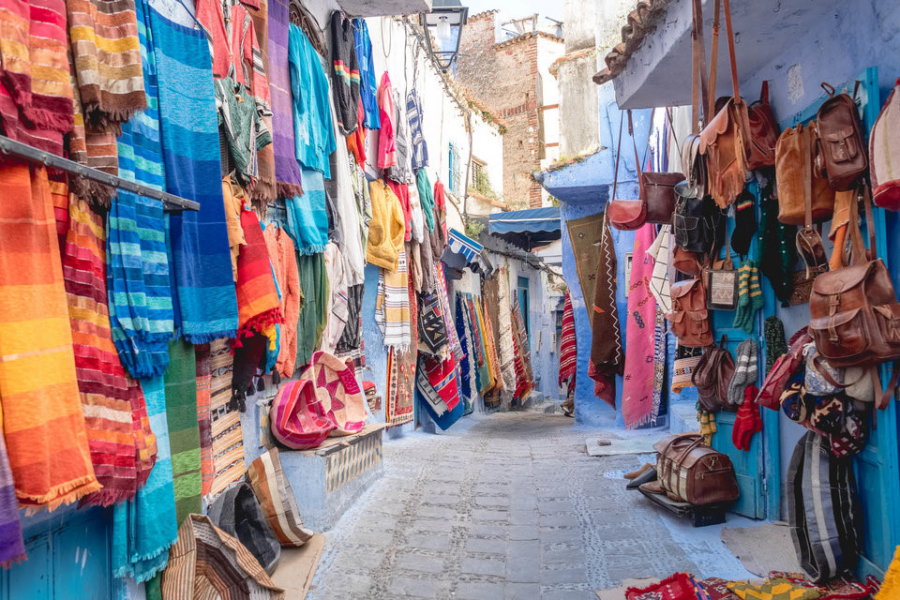

Thanks to its geographical features, the city appears in the middle of nature like a beautiful green gem. In the morning, when the cold air rushes down from the mountain top, locals in woolen robes sip mint tea in cafes in the square.
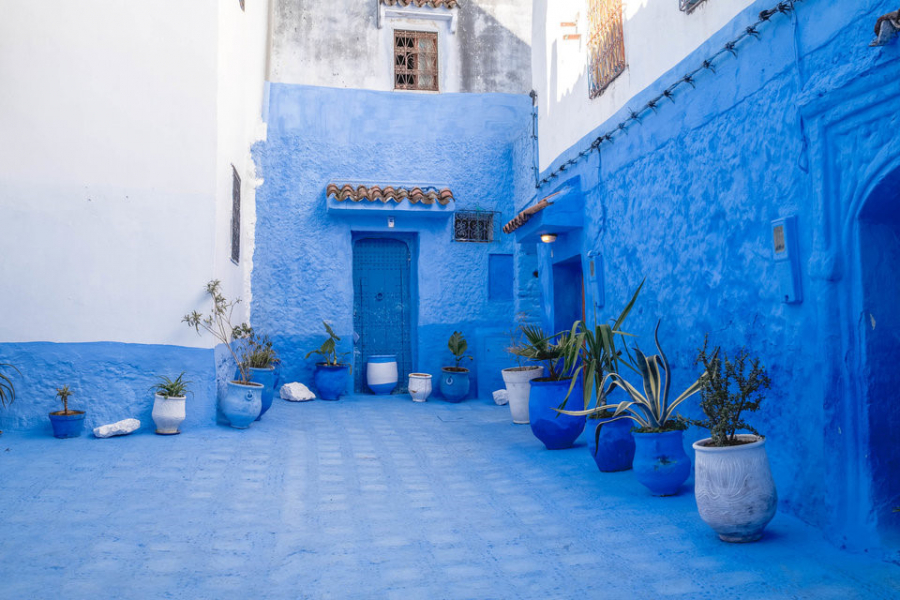

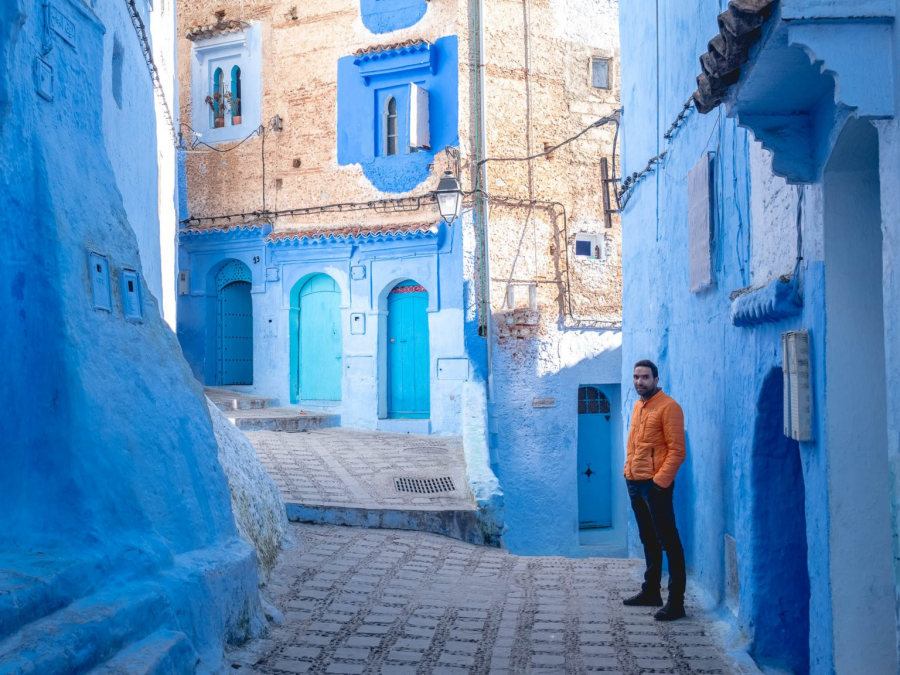
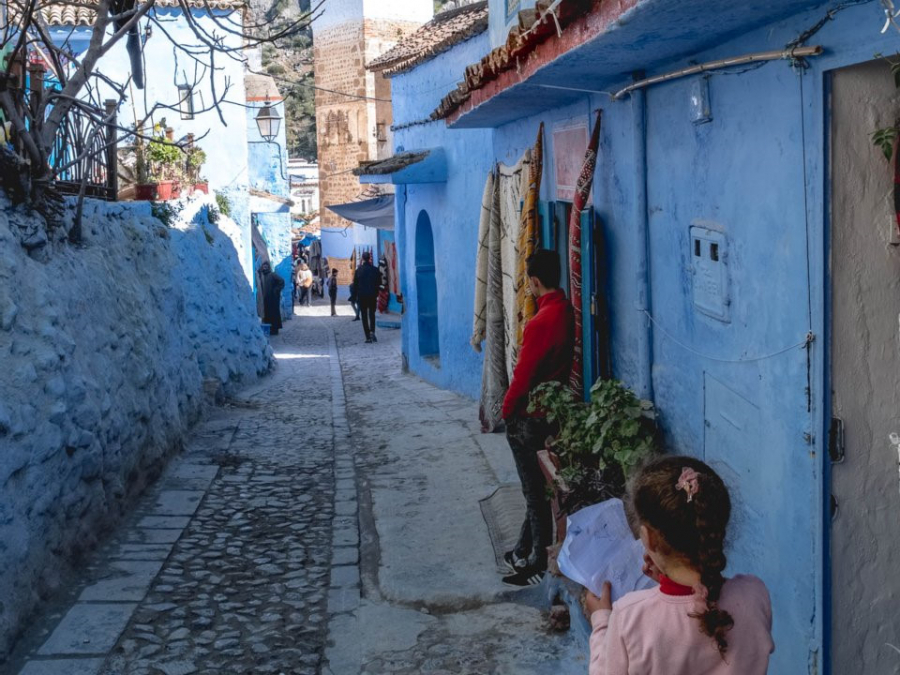
The reason why the townspeople painted their houses blue is controversial. However, most theories involve the Jews.
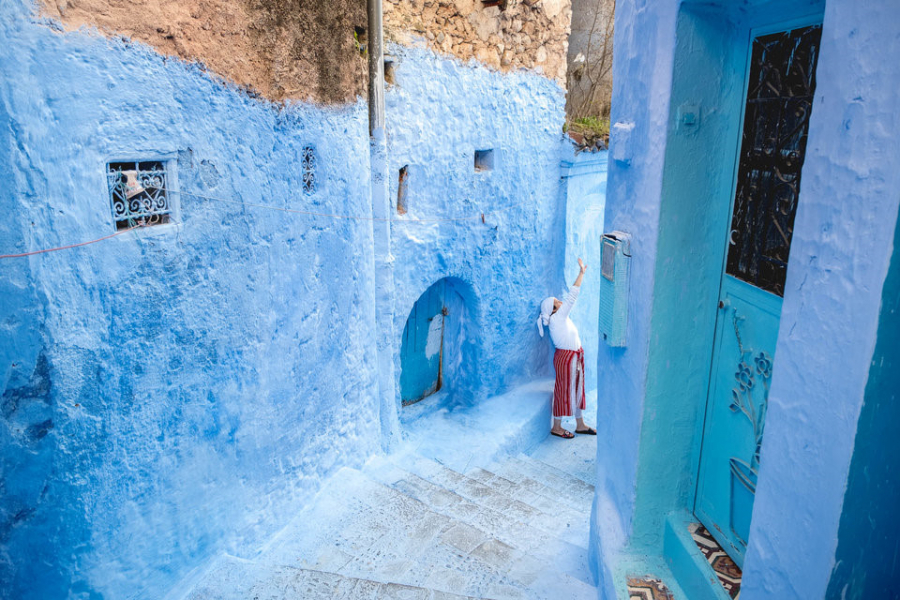

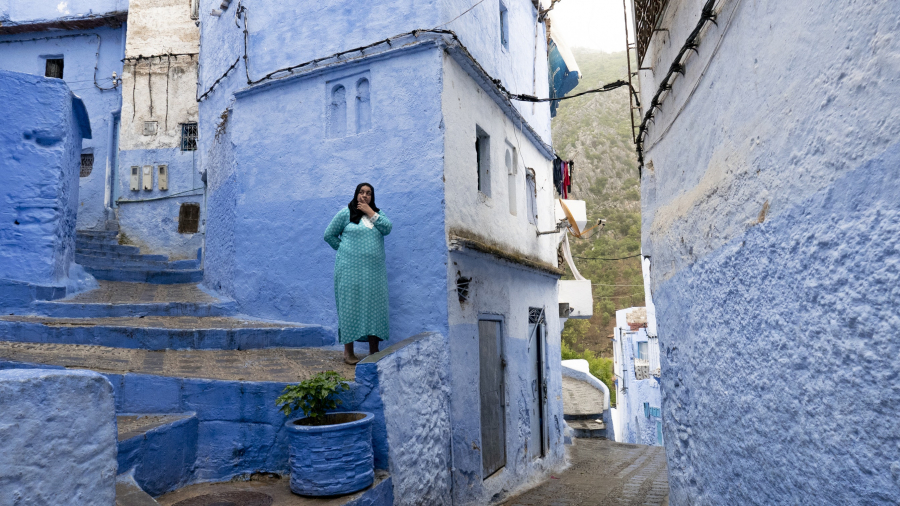
One of the town’s most charming features is its blend of Moroccan and Andalusian architecture, with red tiled roofs and intricate wood carvings. The city’s steep streets and staircases add a special touch to the landscape.
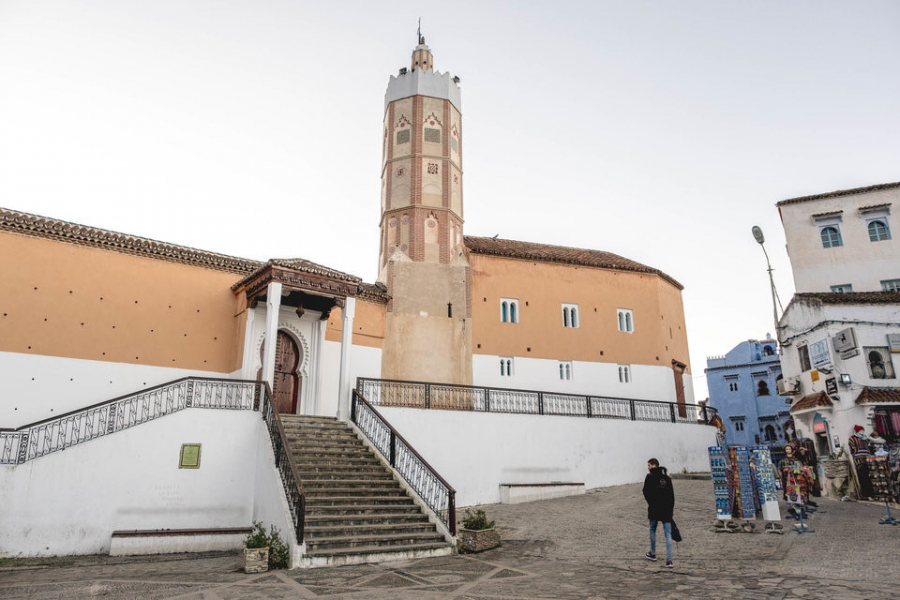
Not every building in the city is blue. A case in point is the Kasbah, a fortress built to defend against Portuguese invasion.

40,000 people live here, but only about 2,000 live in the blue houses. Most tourists only come here for a day trip because Chefchaouen does not have many attractive destinations. Unlike bustling cities, the city preserves a peaceful life that has existed for centuries.
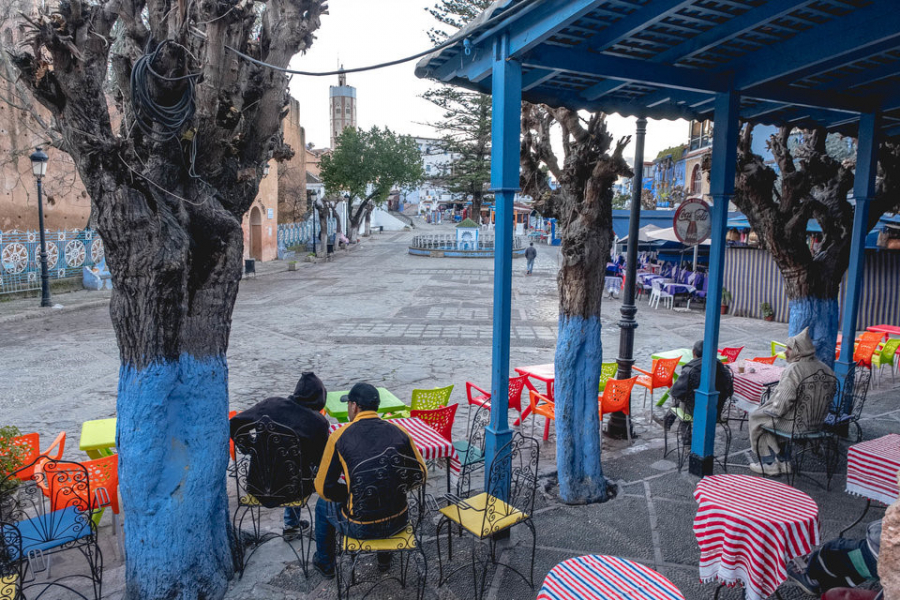
The tourist demographics of Chefchaouen change over time. In the past, most visitors were Europeans. They came in the summer. However, now, most visitors are Americans, Chinese, Japanese and Koreans. The tourist season is year-round.
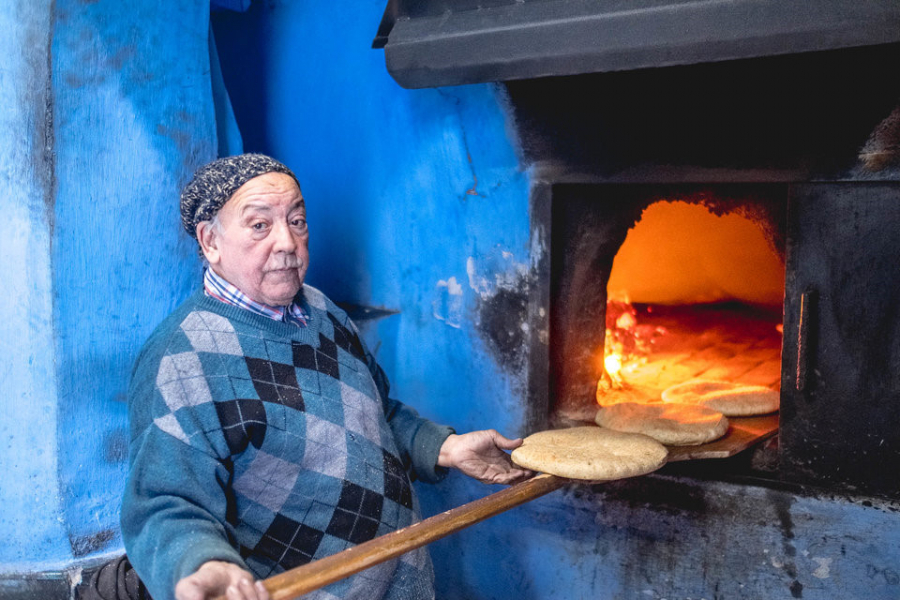
To better serve tourists, many locals have learned foreign languages such as English, French and Chinese. Many even invite guests to their homes and have dinner for free. They call it Moroccan hospitality.
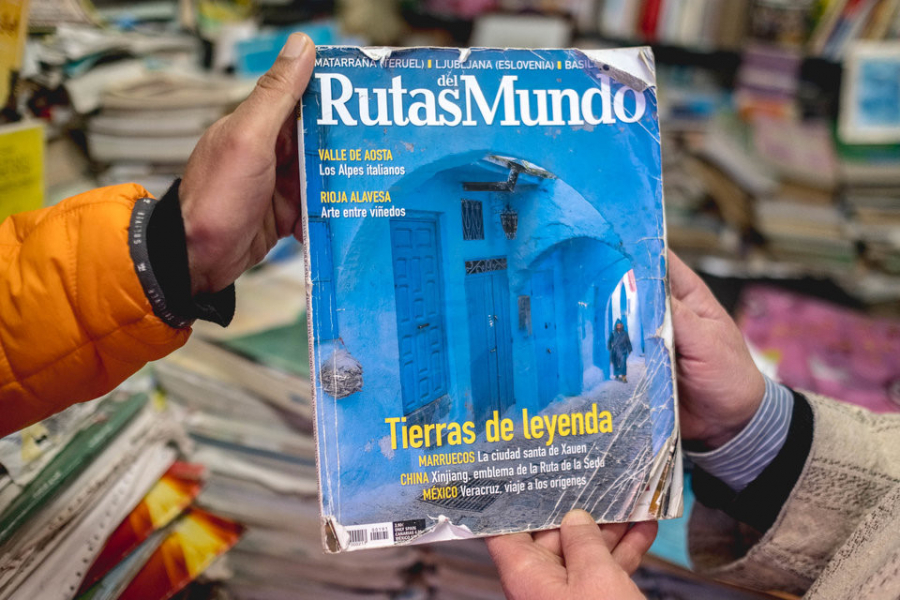
Previously, the town was little known. The only way to promote tourism was by word of mouth. Photographs of Chefchaouen were also relatively rare because reporters, photographers and videographers had to obtain permission before working there.
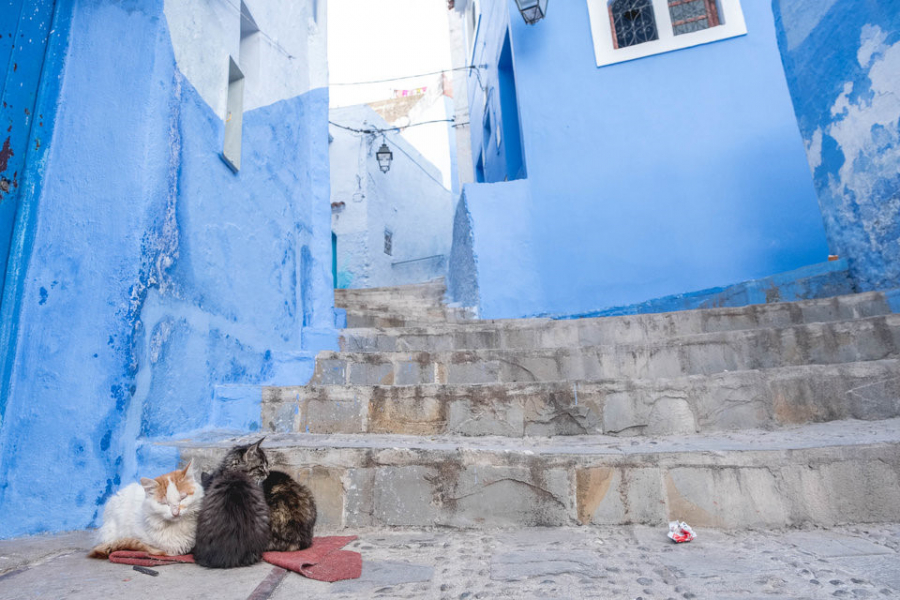
Smartphones and social media have transformed the lives of the town’s residents. In just a few years, the number of tourist check-ins in Chefchaouen on Instagram has reached more than 445,000.
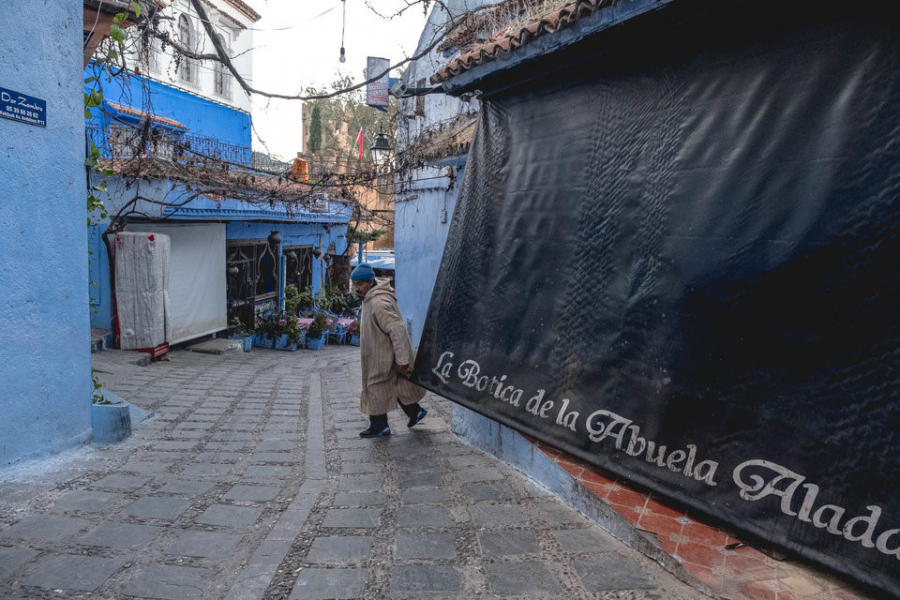
Three years ago, Ahmed Saadoune, a former taxi driver, turned his family home into a museum and opened it for a fee. In addition to the green walls, he decorated the house with potted plants and traditional items such as an olive press, a weaving loom and a bread basket. This delighted visitors. Before that, the house was abandoned.
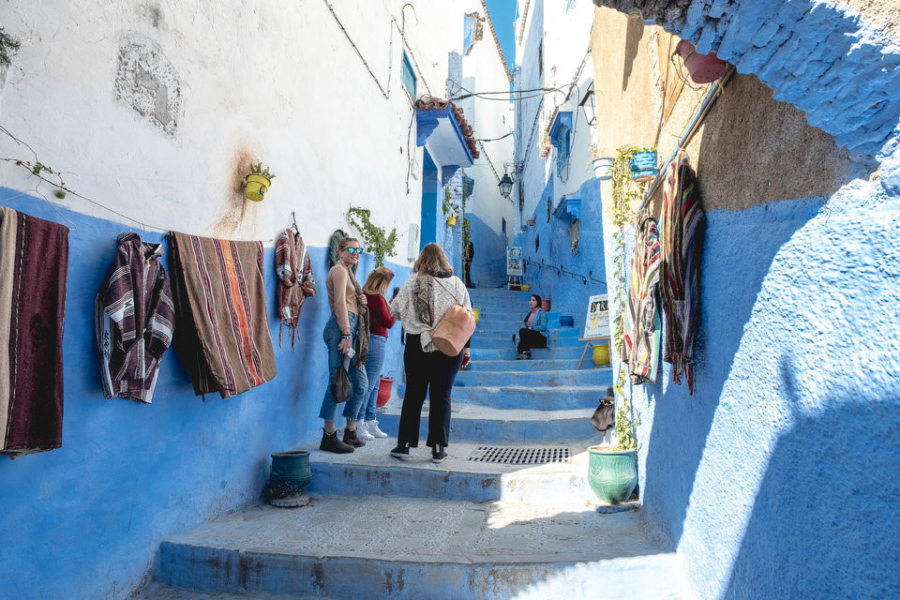
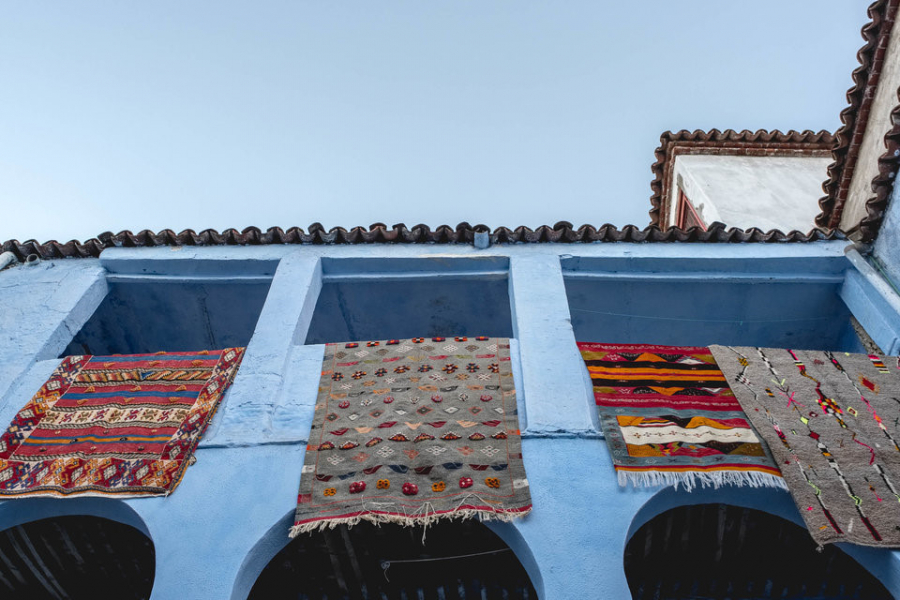
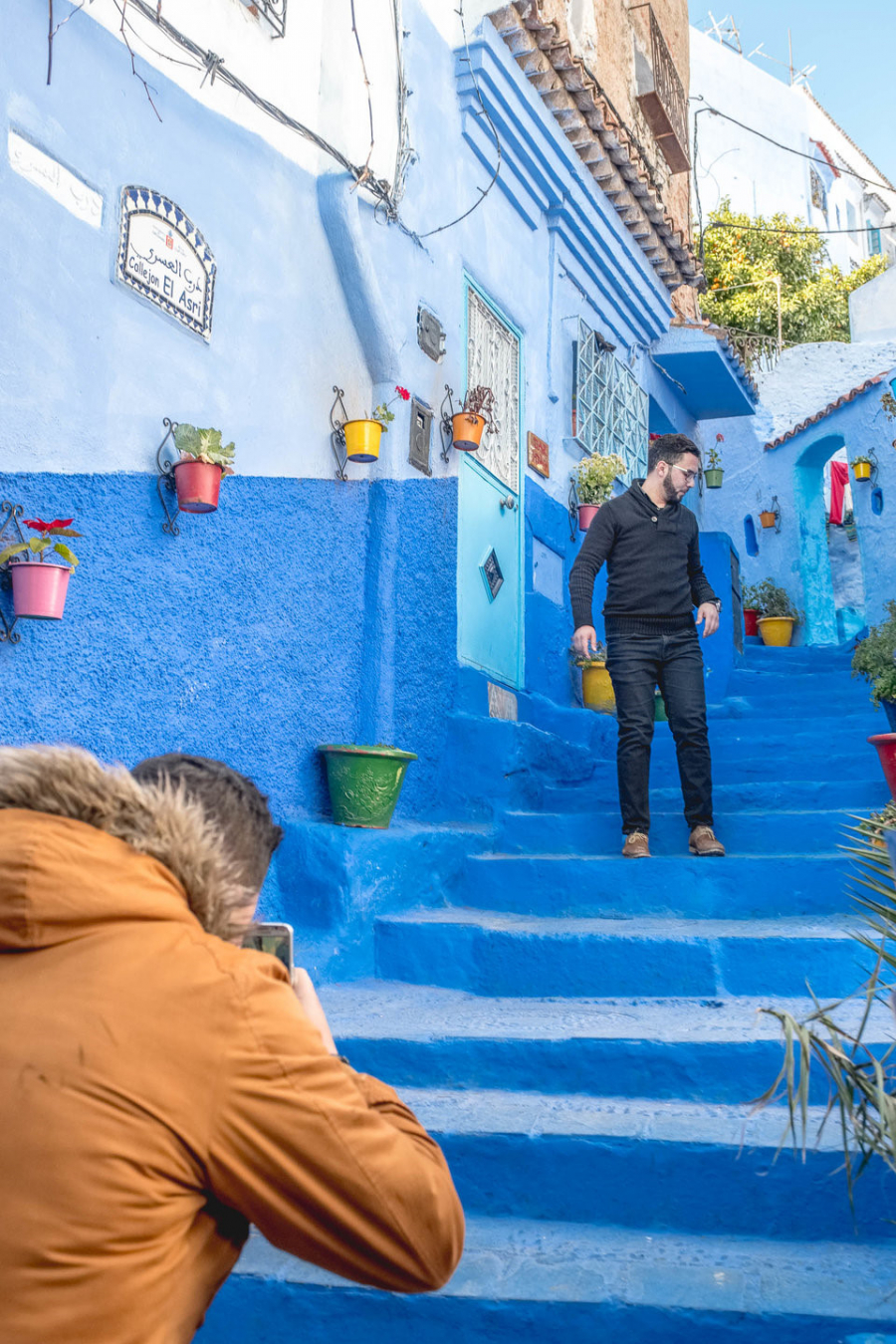
Thanks to that, Saadoune's income increased 2-3 times compared to when he was a taxi driver. His house also welcomed many famous models, actors as well as politicians and international officials.

The influx of tourists has saved many locals from having to leave their homes to find work elsewhere. Chefchaouen residents traditionally made their living from crafts, which typically included leather bags, copper lamps, scarves and cloaks. These jobs were often unstable.
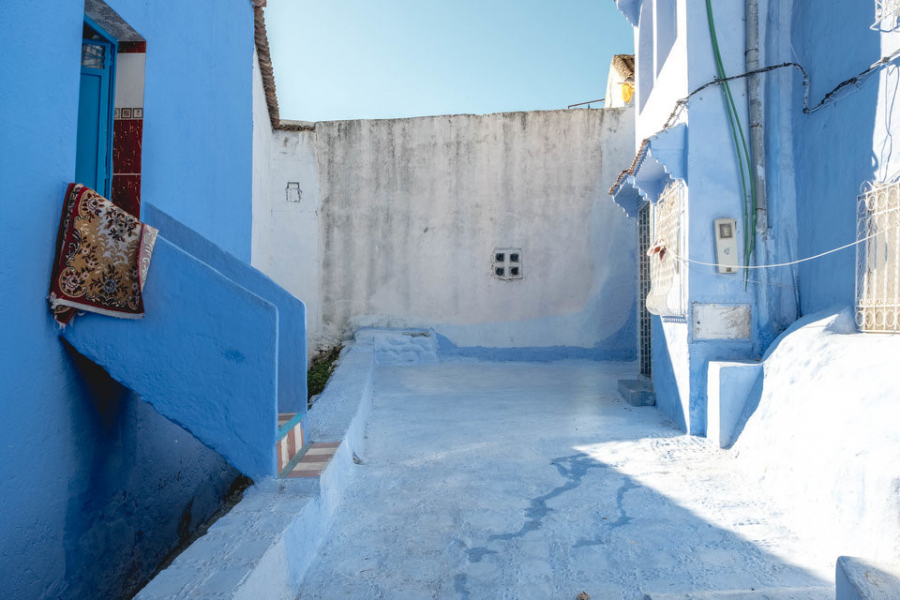
Tourism is booming, giving residents in the city more jobs. Mohammed Saddnoune is one example. Two years ago, he opened a convenience store and bakery to serve tourists.
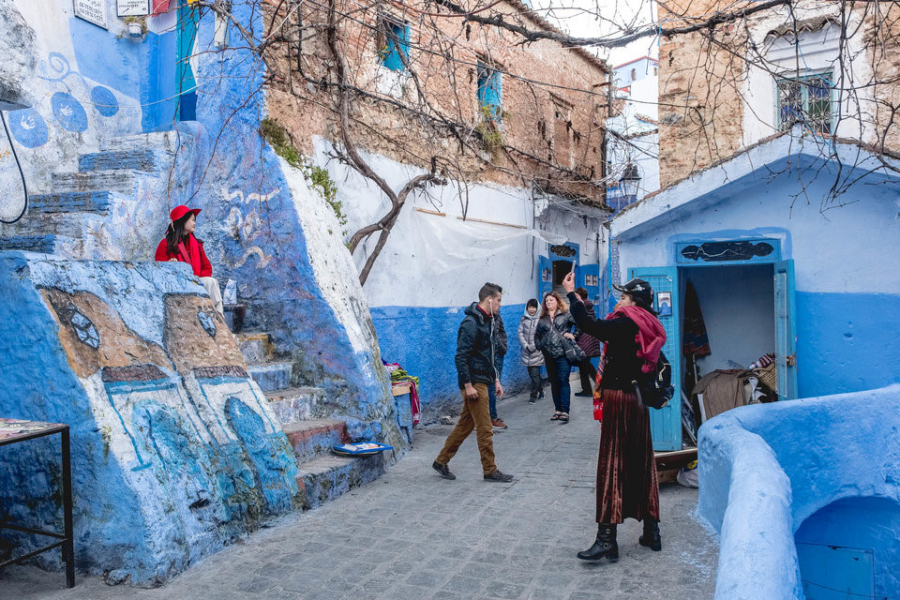
Instagram has brought a wave of tourists to the town. Many hope they will stay longer, so they continue to renovate residential areas and open more hostels.

























